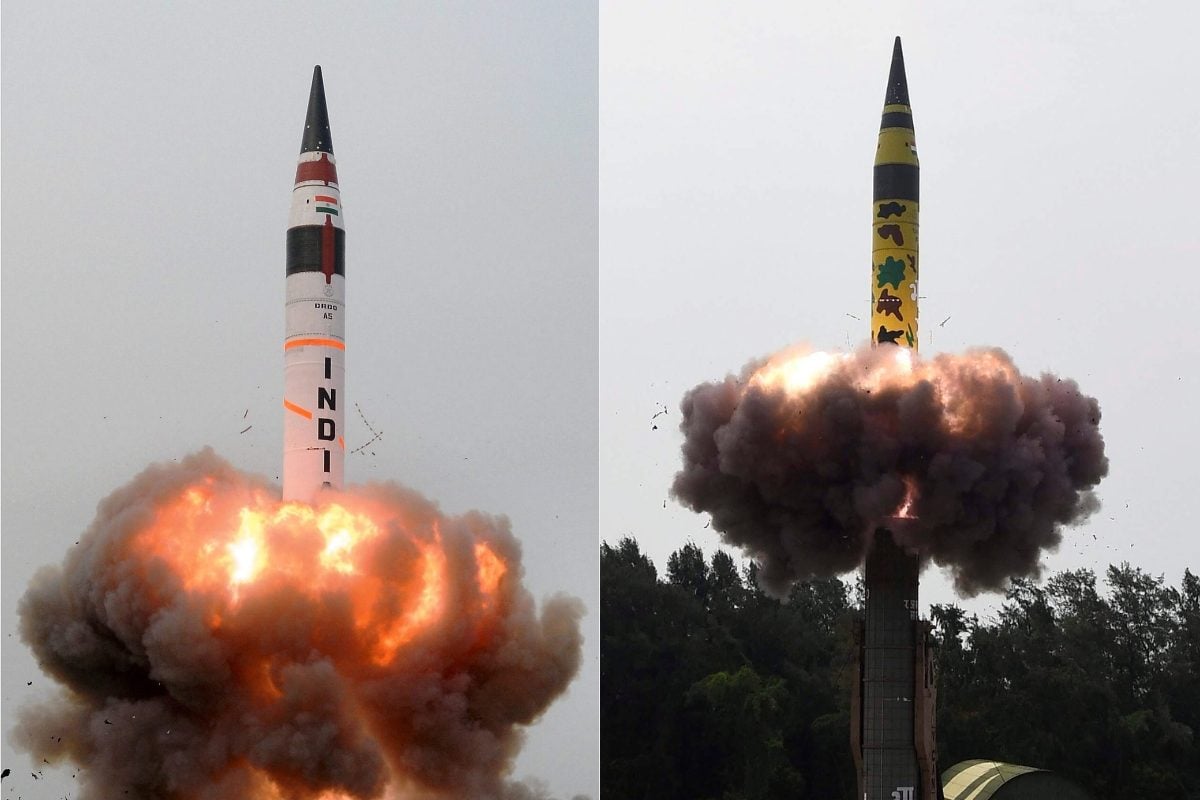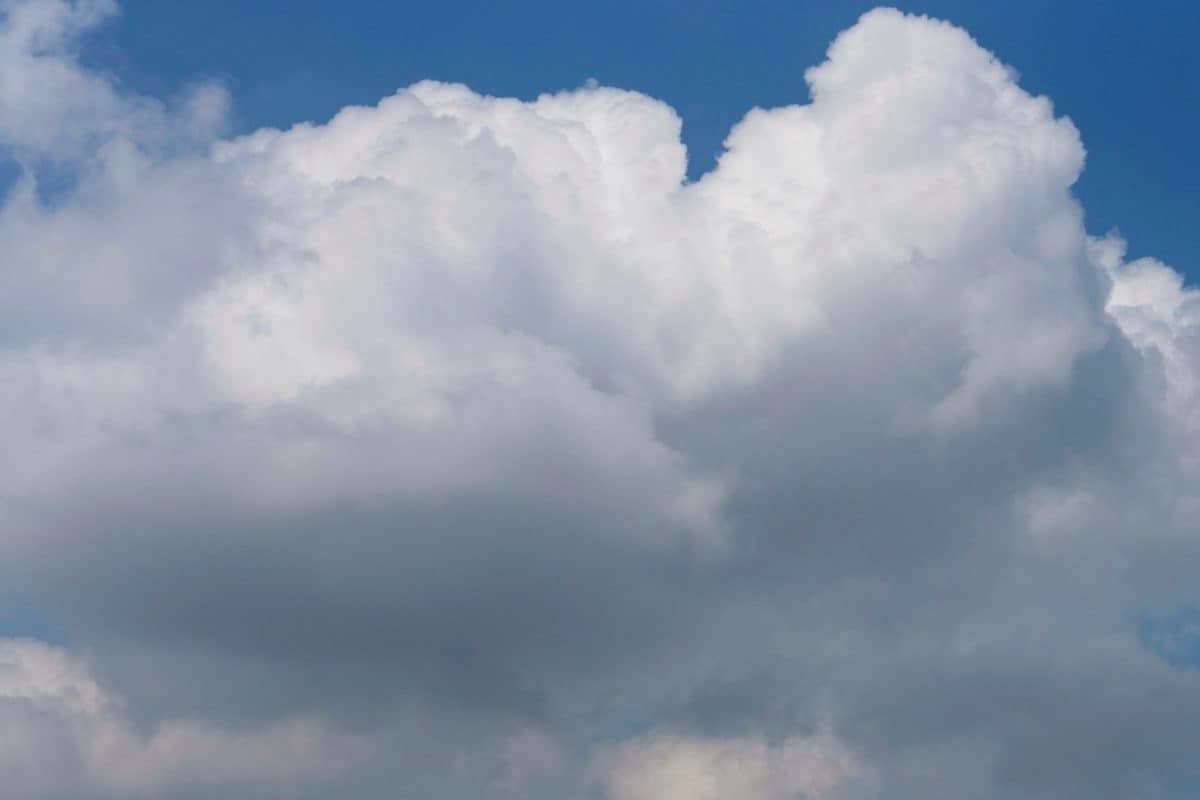Science News - Aviral Times
Axiom Mission 4: Group Captain Shubhanshu Shukla’s playlist adds Bollywood touch to historic launch with SRK’s Swades song ‘Yuh Hi Chala Chal’

Group Captain Shubhanshu Shukla, the pilot of the Axiom Mission 4, shared his favourite song ahead of the launch from NASA's Kennedy Space Centre in Florida. Unveiling his launch day playlist, the Indian pilot revealed that he loves to listen to Shah R...
25-Jun-2025
read more at
TimesOfIndia
Watch | Elon Musk’s SpaceX Starship explodes during static fire test at the launch site; video goes viral

SpaceX's Starship prototype faced another setback. A static fire test resulted in an explosion. The incident raises concerns about the rocket's reliability. This test follows previous failures, including a destroyed Super Heavy booster. Starship is cru...
19-Jun-2025
read more at
TimesOfIndia
In a groundbreaking discovery, researchers captured the first-ever live footage of a rare blood-red Antarctic gonate squid at a depth of 7,060 feet. Identified by its distinctive tentacle hooks, this elusive creature was observed in its natural bathype...
13-Jun-2025
read more at
TimesOfIndia
NASA postpones launch to investigate space station leaks, delaying Axiom-4 mission for crew safety checks: Report

NASA has postponed the Axiom-4 mission to the ISS due to ongoing air leak investigations in the Russian segment, in collaboration with Roscosmos. Recent repairs showed initial success, but a new pressure anomaly requires further assessment. The delay i...
13-Jun-2025
read more at
TimesOfIndia
NASA captures image of Mars’ Arsia Mons volcano, nearly twice the height of Earth’s tallest mountain

NASA's Mars Odyssey spacecraft has captured a breathtaking image. The image shows Arsia Mons, a massive Martian volcano. The volcano is seen piercing through morning haze. Arsia Mons is twice the height of Earth's tallest mountain. The image provides i...
09-Jun-2025
read more at
TimesOfIndia
June 2025 stargazing: NASA highlights rare glimpse of Milky Way’s glowing core, planetary alignments and more; here's how to watch

June 2025 presents a unique chance to observe the Milky Way's core, visible from evening until dawn in dark locations. Favorable moon phases enhance the view, alongside planetary alignments and the summer solstice. Skywatchers in both hemispheres can w...
09-Jun-2025
read more at
TimesOfIndia
India Missile Bus: भारत डिफेंस पावर को बढ़ाने के साथ ही उसे लगातार अपग्रेड कर रहा है. ब्रह्मोस क्रूज मिसाइल, आकाश के साथ S-400 एयर डिफेंस सिस्टम, अटैक टैंक की फ्लीट, राफेल फाइटर जेट भारत की म्यान में सजे कुछ नगीने हैं. भारत के पास एक और कोहिनूर हीरा ...
08-Jun-2025
read more at
News18
Donald Trump has withdrawn Jared Isaacman's nomination for Nasa administrator just before the senate confirmation vote. Isaacman, the CEO of Shift4 and a SpaceX mission participant, was nominated in December. He distanced himself from Elon Musk's views...
01-Jun-2025
read more at
TimesOfIndia
Ola Electric's market share in India's electric two-wheeler sector has declined to third position in May, overtaken by TVS Motor and Bajaj Auto. The company's registrations fell sharply, accompanied by regulatory scrutiny and missed sales targets. Desp...
28-May-2025
read more at
TimesOfIndia
ISRO-ICRB recruitment 2025 begins: How to apply online for Scientist or Engineer roles; know the eligibility, selection process, and other details

The Indian Space Research Organisation (ISRO) has announced a recruitment drive for 320 scientists and engineers across various technical departments. Applications are being accepted online until June 16, 2025. The recruitment focuses on filling positi...
28-May-2025
read more at
TimesOfIndia
Elon Musk’s SpaceX launches Starship but loses control mid-flight within 30 minutes, crashes into Indian Ocean | Watch video

SpaceX launched its Starship Super Heavy system from Starbase in South Texas. The flight aimed to gather data on the rocket's structural limits. A previously launched Super Heavy booster powered the Starship flight. SpaceX lost communication with the b...
28-May-2025
read more at
TimesOfIndia
A recent study shows that land in South Africa is rising. This rise links to drought and water loss. Earlier, seismic activity was the suspected cause. Researchers now believe reduced water weight causes the land to rebound. Cape Town's drought is a ke...
28-May-2025
read more at
TimesOfIndia
Weather News Update: मौसम विभाग ने चिलचिलाती गर्मी से राहत वाला अलर्ट जारी किया है. मौसम के खाराब होने का अलर्ट है. यानी कि फिर से बारिश और आंधी तूफान लौटने की संभावना है. मगर किन-किन राज्यों में चलिए जानते हैं.
16-Apr-2025
read more at
News18
IMD Weather Today: देश के विभिन्न राज्यों में मौसम का मिजाज फिलहाल बदला हुआ है. पूर्वी राज्य बिहार, बंगाल, झारखंड के साथ ही नॉर्थईस्ट के प्रदेशों में पिछले कुछ दिनों से मौसम के तेवर बदले हुए हैं. वहीं, अब दिल्ली में एक बार फिर से पारा धीरे-धीरे बढ...
15-Apr-2025
read more at
News18
हम जिन देवी-देवताओं की आराधना करते हैं, उसमें हनुमान जी अकेले ऐसे देवता हैं, जिनके बारे में कहा जाता है कि वो राम के युग के बाद इस कलयुग में भी धरती पर गुप्त रूप से मौजूद हैं. उनके अजर-अमर होने के पीछे क्या कहानी है.
14-Apr-2025
read more at
News18









